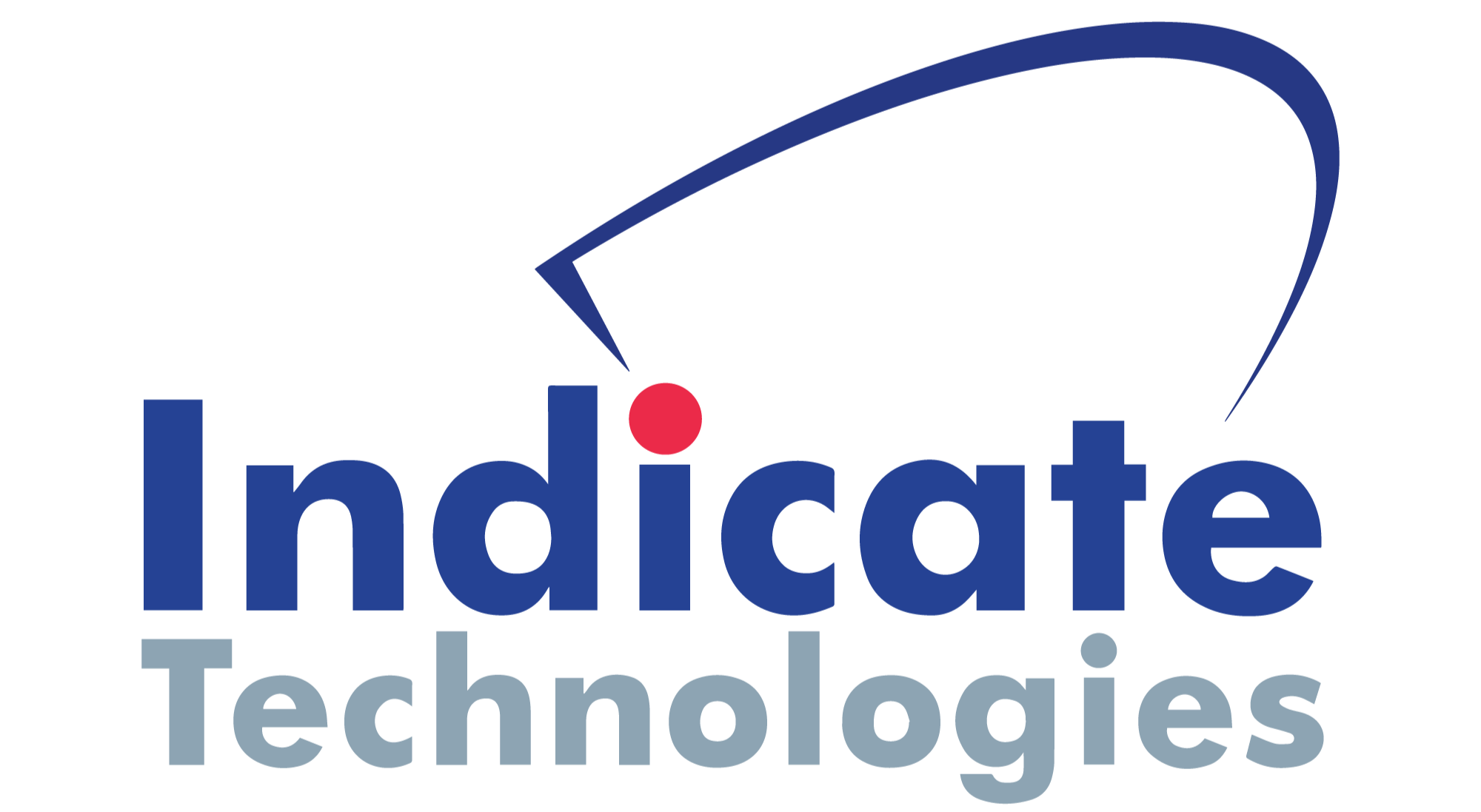By using 3D scanners, automakers can tap into their full potential by capturing full-field and accurate 3D data of automotive parts. 3D scanning accelerates product development and streamlines workflows of inspections.
3D Scanning in Automotive
Car designers and production engineers work together to achieve the perfect design of a car, which requires a harmonized combination of aesthetics and functional requirements. Generally, it takes several years to turn a design concept of a new car model into an actual product available to the market.
Explore some common applications
Product Development
Understanding future vehicles and aircraft is the first step to developing a new car. Generally, design ideas are presented in hand-drawn sketches that are converted into 3D models. With 3D scanners, engineers can easily and quickly acquire 3D data of workpieces to build a 3D model ready for further design.
Inspection
Capture full-field data of parts and generate inspection reports, which is helpful for dimensional inspection of complex objects and curvature surfaces. It can help you to ensure that the goods supplied and manufactured can meet agreed-upon requirements so that no issues arise during the assembly.
Reverse Engineering
Capture geometries of products precisely and effectively. The data captured by 3D scanners serves as a visual guide for the creation of CAD models with intricate details and complex geometric features.
Quality Control
With 3D scanning technology, your quality control technicians will precisely and efficiently locate errors that occurred during manufacturing. 3D laser scanners will realize accurate data capturing while 3D software will compare the 3D model against the original CAD model to determine deviations.
Automated Measurement
Automated optical tracking measurement technology enables engineers to perform non-contact measurements without sticking markers. In this way, we minimize preparation time for scanning and avoid potential damage to the workpiece. Automated 3D scanners can inspect and analyze surface deviation, hole diameter, hole position, hole-to-hole distance, boundary, and gauge of its stamping parts.
3D Scant-to-Print
Typically, 3D modeling software is used for creating 3D models for printing. It requires professional 3D modelers to conduct the time-consuming and expensive works. However, with 3D scanning product designers and engineers can scan both small and large objects to create precise and printable 3D models.
Popular 3D scanners used by specialists in the industry
Artec
Scantech
Artec Leo
Our fastest professional handheld 3D scanner. Encompassing the latest technologies in data capture, transfer, and processing, this untethered 3D solution puts you in control with the freedom to scan anywhere.
Artec Ray
A long-range laser scanner for capturing large objects, such as airplanes, wind turbines, rooms, or buildings with high precision and minimum noise. Each scan has a spherical range of up to 110 Meters radius.
Scantech Trackscan-P42
This system uses intelligent optical tracking measurement technology and high-quality optical equipment to carry out ultra-high precision dynamic 3D measurement without markers.
Scantech KSCAN-Magic
Uses infrared laser and blue laser technology with five standard working modes to deliver unparalleled scanning speed, accuracy, detail, scanning area, and depth of field.
Scantech SIMSCAN
Hand-sized, portable 3D scanner. Ideal for scanning narrow spaced or under large objects.


















